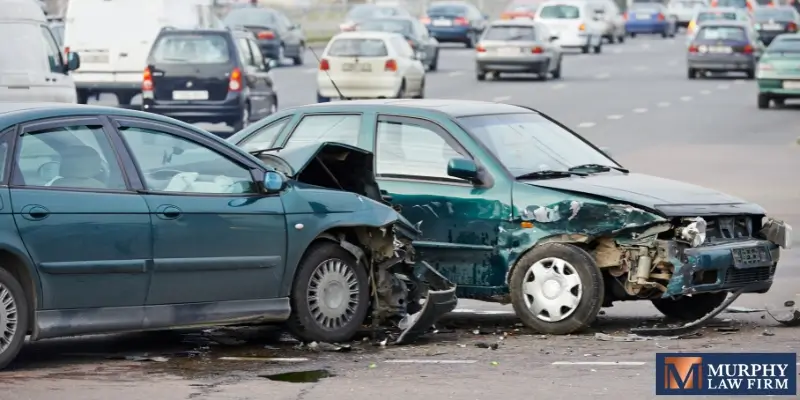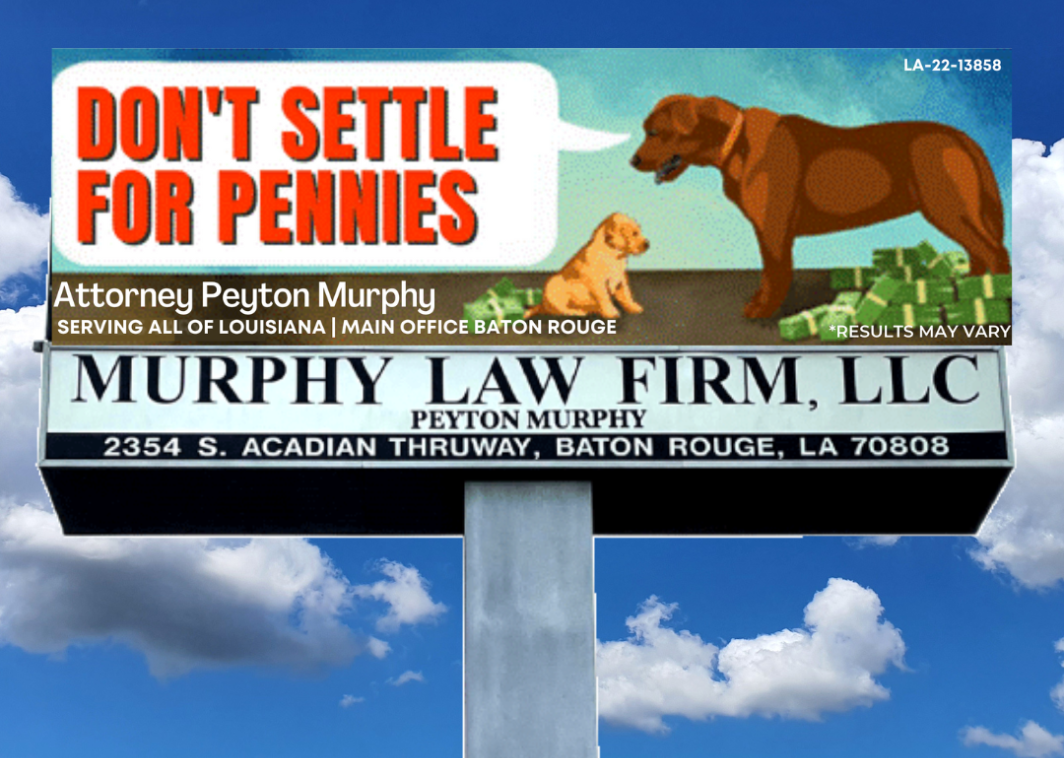Who Is at Fault in a T-Bone Car Accident in Louisiana?
News and Articles

Many car accidents can be potentially serious, including T-bone accidents. Determining fault is an important step after any car accident so that those injured by another driver’s negligence can get the compensation they need. Who is at fault in a T-bone car accident in Louisiana? It takes an in-depth investigation of a specific accident to determine the answer to this, as there is not always one party that is responsible.
What Are Common Causes of T-Bone Accidents?
T-bone accidents can occur on many occasions, especially when drivers fail to adhere to traffic laws. The following acts by drivers can result in a T-bone accident:
- Failing to stop at a stop sign or red light
- Failing to wait their turn at a four-way intersection
- Pulling in front of another vehicle out of their driveway, a parking lot, or an alleyway
- Refusing to yield to the right-of-way, such as while turning left at an intersection
These are all acts of negligence that could result in an accident. Drivers are more likely to be negligent in these ways if they are fatigued, distracted, or under the influence.
Understanding T-Bone Accidents in Louisiana
T-bone accidents, side-impact, or side-angle collisions happen when one vehicle runs into the broadside of another. These accidents can be fatal at high speeds. Throughout the U.S., angle collisions make up 18.6% of fatal crashes, and many angle collisions are T-bone accidents.
In Louisiana in 2024, 59 fatal crashes were perpendicular collisions. This made up 8.40% of all fatal crashes by manner of collision out of 702 fatal crashes. Perpendicular collisions were also the second most common type of collision for fatal accidents between vehicles in transport, after head-on collisions.
Perpendicular collisions also made up 7,633 suspected injury crashes out of 37,379. They were 20.42% of crashes, second to head-on collisions.
These accidents most frequently happen at intersections. In 2024, 15,323 fatal and injury accidents happened at intersections in Louisiana, and 143 of these were fatal crashes. When drivers follow the rules of the road, these accidents are unlikely to happen. However, if drivers ignore lights or signs that direct the flow of traffic, T-bone accidents are more likely to occur.
Proving Liability for a T-Bone Accident
A driver is nearly always the liable party in a T-bone accident due to negligence on the road. To prove liability, you must be able to prove the following elements:
- You were owed a duty of care by the driver
- The driver breached their duty of care because of a negligent action or failure to act
- Their breach of duty directly caused your injuries
- You suffered compensable damages as a result of your injuries and the accident
When a driver fails to follow road laws, this is an example of negligent behavior. If their negligence caused an accident, they are liable.
Who Can Be Liable for a T-Bone Accident?
In most T-bone accidents, one or both of the drivers involved in the crash can be liable for the accident. However, there are rare cases where other parties are partially or fully liable, such as:
- A third-party driver. If another vehicle caused the crash but was not involved in the T-bone accident, they can be held liable for the damages of both parties.
- A car manufacturer. If the accident happened because a vehicle component was unreasonably dangerous or there were insufficient safety features in the vehicle, the manufacturer or distributor of the vehicle may be liable.
- Governmental agencies. If the accident happened because the road was poorly designed or maintained, or important road markings were missing, the agency responsible for maintenance or upkeep may be liable.
Evidence To Prove Fault in a T-Bone Accident
An experienced attorney can help investigate an accident to determine what caused the accident and what party is to blame. Evidence that may be used includes:
- The police report from the accident, which can be secured by contacting the law enforcement agency that responded to the accident, such as the Louisiana State Police, located at 7919 Independence Boulevard in Baton Rouge.
- Video and photo evidence from during and after the crash
- Witness statements
- Professional accident reconstruction
- Damage to and the position of vehicles
- The injuries each party suffered
This information can determine which party acted negligently, such as by showing the color of the light at the time of the accident.
FAQs
Who Is Usually at Fault in a T-bone Accident?
In a T-bone accident, a driver is usually to blame, but knowing who exactly is at fault requires an investigation of the accident. If either driver disregarded a red light, stop sign, or other traffic signal, and this led to the crash, they could be liable. This could be the driver who was crashed into or the driver who crashed. The positioning of the vehicles does not always point to a liable party.
Is Louisiana a Fault State for Car Accidents?
Louisiana is a fault state for car accidents. Injured drivers and passengers can file car accident claims with the insurance company of the driver who was at fault for the crash. A driver’s insurance company can be liable if the driver’s negligence causes the accident.
A claim can recover compensation for medical expenses, lost income, and pain and suffering. Insurance companies complete thorough investigations as a result, trying to limit their liability and avoid paying full claims to injured parties.
Who Is at Fault in a Fender-Bender Accident?
Every accident is unique, including fender benders. Typically, a driver is at fault for a fender bender accident, although other parties on the road could also be liable. Third parties like vehicle manufacturers could also be liable. Each party could also be partially liable under comparative negligence guidelines. Work with an experienced attorney to determine fault in your particular accident.
Is a T-Bone Collision the Worst Accident?
There is no “worst” type of accident because the severity of an individual accident is what can make it serious. T-bone collisions can be very severe, resulting in injury or death, especially when drivers are going at high speeds or if a significantly larger vehicle T-bones a smaller vehicle. Vehicle size, speed, and vehicle safety features are significant contributing factors to the seriousness of any accident, whether it is a T-bone, head-on, rear-end, or rollover accident.
Contact Murphy Law Firm to Discuss Your T-Bone Car Accident Case
If you were in a T-bone accident in Louisiana, it is important to take steps to protect your rights. The dedicated team at Murphy Law Firm can help. Contact our firm to set up a consultation today.



